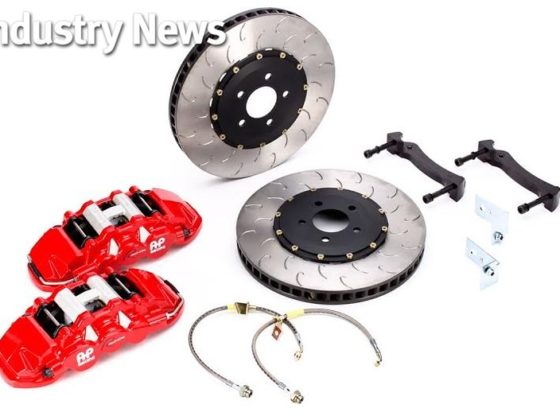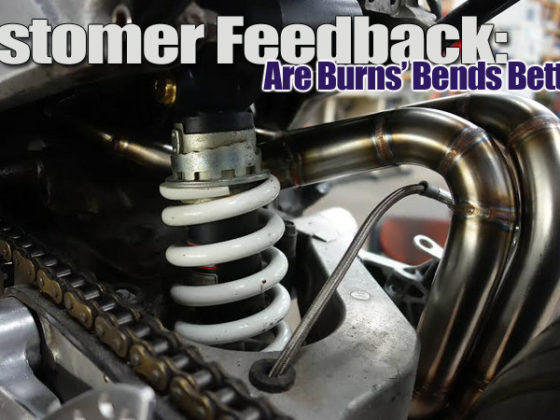,
So let’s get ahead of this curve and think about how we are going to restore these cars in a few years. If we wait too long, the parts necessary will be impossible to find—or worse, impossible to replicate cost effectively. We’ll have to get going soon if we want to turn back the clock to make these cars like new again.
 Scott Giles and his co-driver Renee Hines have been campaigning this CRX in G Prepared and now F Street Prepared. Keeping spare parts has become quite difficult. Photo courtesy of Perry Bennett
Scott Giles and his co-driver Renee Hines have been campaigning this CRX in G Prepared and now F Street Prepared. Keeping spare parts has become quite difficult. Photo courtesy of Perry BennettGetting them Running and Driving
Keeping these old cars on the road is our first goal. Since 30 or so years have passed, you can be sure that the mechanical bits aren’t at their best. Maintenance items like brakes and suspension are still available, for the most part, but be aware that even simple things like wheel hubs and tie-rods aren’t guaranteed to be available forever. Scott Giles, a first-generation CRX enthusiast and hardcore autocrosser, has been developing quite a parts stash for his CRX. “Hoarding the hard-to-find parts is a good idea. Front hubs are really becoming an issue, so I raided junkyards and then had them cleaned and magnafluxed as spares.”
 Ironically enough, our Miata expert for this story, Keith Tanner, just picked up a pristine first-year CRX Si. We'll need a moment.
Ironically enough, our Miata expert for this story, Keith Tanner, just picked up a pristine first-year CRX Si. We'll need a moment. Front lower control arms and their lower ball joints are also becoming scarce for these early torsion-bar Hondas, “I grabbed four sets last year as those were becoming difficult to find and are common wear items.” Scott sums up the problem well, “I can remember back in my 20s, racing these Hondas, wondering what in the hell all of the old British car guys were smoking when they were talking about collecting multiple transmissions, blocks, hubs, etc. Now I get it.”
Other mechanical bits for these 80s cars, like fuel injection sensors and ECUs, are starting to go away. Thankfully, there are enough smart people out there that this probably won’t be a long-term issue that will park the cars. At the worst case, many of these old ECUs' boxes are big enough to house more modern DIY fuel injection systems like Megasquirt.
 You can fit a Megasquirt MS3 into a stock ECU case quite easily, even using the stock pin connector. Photo courtesy of Chris Allen.
You can fit a Megasquirt MS3 into a stock ECU case quite easily, even using the stock pin connector. Photo courtesy of Chris Allen. Even Bosch CIS-injected cars like the 1970s and 80s Volkswagen, Audi, Saab (among many others) can benefit from the latest technology—while also retaining their vintage looks. Instead of ditching the airflow sensor, fuel distributor and all of those iconic braided stainless injector lines, you can buy modern, programmable Warm-Up Regulators that will make these old steampunk fuel injection systems work in an amazingly efficient and powerful manner.
Making Them Pretty
The next step is to repair any past collision damage or rust and make that 80s gem look as good as it runs. Rust will have claimed many of our potential project cars, and collision damage will plague the rest. Fixing either will consist of finding good used panels or figuring out which of the reproduction panels fit the best. As a general rule of thumb, it’s almost always better to go with a good used piece rather than making an overseas copy fit correctly. We’re trying to make these cars look like they were when new—so fit and finish, as well as gaps between panels is crucial.
 Developing large replacement sheetmetal panels isn't cheap, but these Stoddard Porsche floor pans are the right way to fix rust—when will we see these for an Integra?
Developing large replacement sheetmetal panels isn't cheap, but these Stoddard Porsche floor pans are the right way to fix rust—when will we see these for an Integra? Since we aren’t talking about super-rare cars here, your best bet for finding good used stuff is just to look in the junkyards of the South or West, where salt isn’t used liberally to season the roads during the winter.
Full scale restamping of factory-quality body panels probably won’t become all that common place for the 80s imports for a while—there are just too many good donors around to make the capital investment worthwhile. Big hitters like Dynacorn in the domestic market and Stoddard on the Porsche side are investing tens of thousands of dollars to make whole panels using hardened steel dies where the market warrants the capital outlay.



